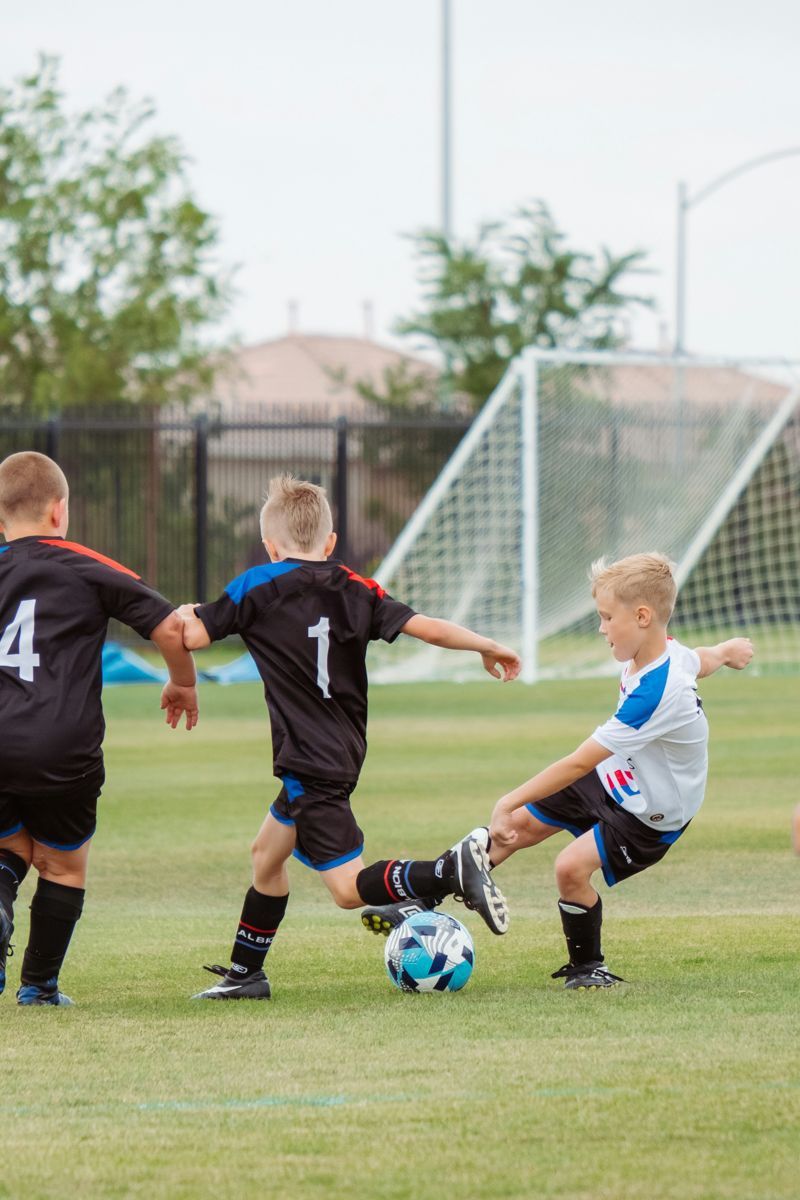Inclusive dance company Jolt is based on the ethos that everyone has the right to dance and find their own creative voice, and the belief that communities are strengthened by the beauty of diversity. Artistic Director Lyn Cotton gives us an insight into this inspirational organisation.
Jolt began in 2001, after Lyn Cotton discovered inclusive dance while living in London. ‘I started this work by accident,’ she explains. ‘I fell in love with the work of Wolfgang Stange and his company Amici. I can still remember the feeling I had sitting in my first inclusive dance class with Wolfgang. I had just watched the most amazing interaction with one of our students and I decided, “That’s what I want to do.” It was a moment of seeing humanity – the most beautiful connection and unique movement/artistry.’
When Lyn returned from London she began teaching inclusive dance classes in day centres and schools alongside her mainstream teaching, with the dream to start a dance group outside of an institutional setting. The Christchurch City Council was looking to support more arts opportunities for people with disabilities, so Lyn started with one class in 2001. Fast-forward to 2021, and Jolt now runs 13 classes, two performance companies and a myriad of community and education projects.
It’s at one of these community classes that I get an inside look at this incredible organisation. Within five minutes of arriving, it becomes instantly clear that this really is a warm and welcoming community hub.
‘Jolt is an artistic company,’ explains Lyn, as she fires up the music and gets everyone up on the dance floor. The company focuses on what is unique about their dancers and creates work that shares their stories and individual ways of moving. I’m blown away by how well Lyn seems to know each and every one of these dancers. ‘That’s Tom*,’ she tells me as she dances past with one of the students. ‘He expresses himself with his hands, so we try and incorporate that into a dance.’ Then there’s Amy*, who’s a little anxious and takes time to warm up. Lyn starts her at one end of the studio in a ‘safe zone’ with her carer. It doesn’t take long before she’s joining in, jiving to the beat of ‘Dance Monkey’.
‘Dance has the ability to transcend barriers – it offers the opportunity for genuine self-expression and creates opportunities to connect and communicate with others on an instinctual and sensory level,’ shares Lyn. ‘Dance is about finding ourselves rather than becoming someone else. There are limitless ways to dance: from the smallest movement or blink of an eye to the most technically accomplished pirouette.’ Lyn says she is still discovering and learning from her dancers. ‘This work challenges me; it brings out my best creative side and there is incredible joy in working with a community that is so authentic and generous of spirit.’
This authentic spirit of generosity is evident not just in the teachers, but in the students as well. The class I’m observing is a ‘Move’ class, established in 2012 to provide a pathway for people with disabilities to develop their own creative voice as dance facilitators. The only one of its kind in New Zealand, the tutor training scheme aims to change traditional dynamic and offer careers for students in leadership roles. ‘All student teachers have different skill sets,’ explains class coordinator Renee Ryan. ‘They have “dream big” aspirations to become not just teachers, but directors and choreographers. We have high expectations, pushing the students in their musicality, creativity and body awareness.’
Renee’s passion for these students is palpable as she tells me of Jolt’s advocate for change – creating opportunities for people with disabilities to excel in the arts and challenging perspectives about disability in the wider community. ‘Jolt’ is the name of their first full original work, and represents a different way of thinking – a jolt from old to new. ‘It’s about giving students their own creative voice and letting people see who they really are by valuing their unique creativity,’ explains Renee.
There’s a strong sense of connection in the studio, with a firm focus on engaging the dancers. ‘Dance is all about “touch and connect”,’ says Renee. It’s a phrase I hear often throughout the session, reminding students to connect with each other through the music. Student teacher Janelle, who has Down Syndrome, showcases a natural flair for teaching as she wanders around the studio reminding dancers to ‘touch and connect’. She tells me she loves performing. Her highlight of being a Jolt member is teaching dance in schools.
Jolt’s Diversity Dance Project was established in 2017 as a way to encourage children to think about disability and difference in a new way, offering dance sessions for mainstream primary schools. The interactive sessions are taught independently by the Move trainees, and give school students a clear understanding that everybody is valuable and deserves to feel like they belong.
I relish the opportunity to chat with the bright and bubbly team of trainees after class, their passion and dedication shining through. When asked what they love about Jolt, Biddy tells me she loves being in the spotlight. She also likes to remember those who have passed away by expressing emotion through dance.
Brooke enjoys using her creative voice in the community, and Josie says she loves exploring her own movements and expanding on them to create her own unique choreography. Joel likes learning new skills and the passion he feels from dancing. In the future he wants to be a teacher and create his own work. He has already had several paid roles, such as Dancing Like the Stars (school programme), Jolt Interactive (performances for audiences with disabilities) and the community Gap Filler (Moodshift).
Clearly these trainee teachers are already excelling in their roles, as new student Lucas tells me the dance class makes him feel happy. ‘I like it, it’s great,’ he shares – fantastic feedback given he’s only been coming to class for a couple of weeks.
Jolt has extensive connections with various organisations in the community, such as the Christchurch Symphony Orchestra. They have developed a dynamic collaborative programme of residencies, workshops and interactive performances with the orchestra, and in June (2021) performed with them in ‘The Seasons’ at the Christchurch Town Hall. ‘It was the first time we’d performed with a full orchestra,’ enthuses Lyn. ‘Gretchen La Roche (CEO) really wanted to create a work that brought the disability and orchestra communities together. It allowed our dancers to show their strength – their musicality and individuality. People were genuinely moved; it was a beautiful, joyous celebration of music, dance and diversity.’
Looking ahead, it seems that Jolt has a jam-packed schedule. They have new community classes in the pipeline, including classes for people with profound autism; a pilot for socially isolated teenagers; and work with Pasifika and Māori communities. There is also a film – Sam – soon to be released, showcasing the life of Sam Stevens, a Jolt dancer with Down Syndrome. The film offers a different perspective on disability, focusing on the individual rather than the diagnosis. These will all be works that can be shared directly in the community. Jolt’s next big event will be their Biennial show in October – a huge celebration of disability culture featuring all 139 dancers.
It’s not surprising to hear that Jolt has received numerous awards since its inception. ‘I never expected that one class would grow into the company it is today,’ reflects Lyn. ‘There was never a grand plan. We just responded to the need from our community and kept asking the question, “What next?” We’ve always believed in the power of community and goodwill. Our biggest resource is people: our skilled tutors, committed trust members, supportive families and community groups, and most importantly our dancers. All they need is a platform, accessibility and the belief that their voices are valuable and deserve to be heard.’
Jolt’s Biennial show will be held on 4–5 Oct – for details, visit their Facebook page.
*Names have been changed for privacy.
Recent stories



All Rights Reserved | CountryWide Media



